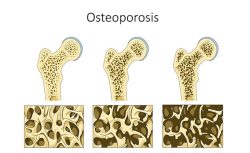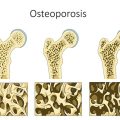Recent research out of Tel Aviv, Israel has discovered a new potential treatment for endometriosis using pigment epithelium derived factor (PEDF).
Endometriosis, a secondary autoimmune disease estimated to affect 176 million women worldwide occurs when the lining of the uterus (the endometrium) is found outside of the uterus. These rogue endometrial cells can cause chronic pain, abnormal bleeding and can lead to fertility issues. When a woman’s endometrium builds up during her menstrual cycle, new blood vessels are formed within the thickened uterine lining. This creation of new blood vessels, also known as angiogenesis, can also be seen in the endometrial cells that grow outside of the uterus in women with endometriosis. This abnormal blood vessel growth can have painful consequences.
Based on preliminary clinical studies of rodents (induced with endometriosis), an injection of PEDF, an anti-angiogenesis factor produced within our bodies, can reduce endometrial lesions and decrease pain. Women with endometriosis have higher levels of vascular epithelium derived factor (VEDF) which promotes the abnormal and painful vascularization seen in the pelvic endometrial growths. To counteract the abnormal VEDF levels, researchers injected PEDF as a replacement therapy in hopes of balancing reproductive angiogenesis. Once injected with PEDF the mice had a complete reversal of all symptoms and eradication of endometrial lesions. The study also showed that PEDF has no negative impact on fertility or ovarian quality.
Now that researchers have confirmed PEDF exists within the reproductive system, they hope to commercialize the protein for therapeutic purposes.





















